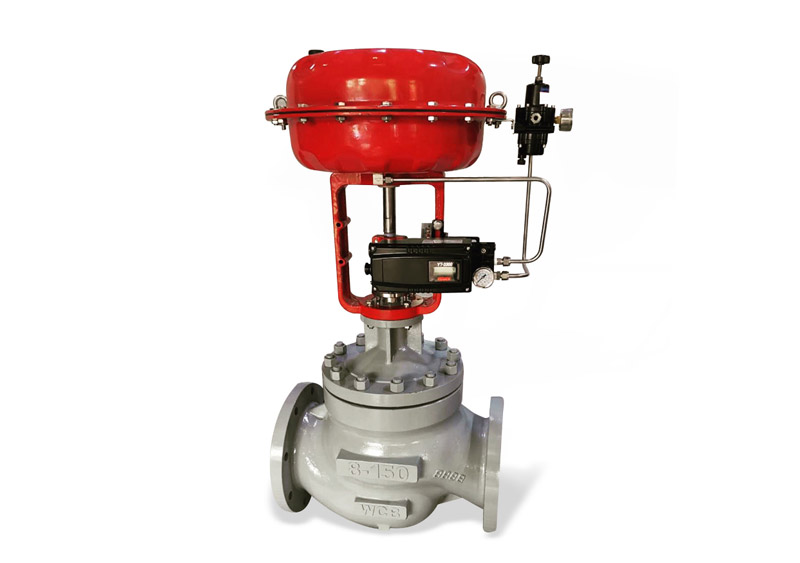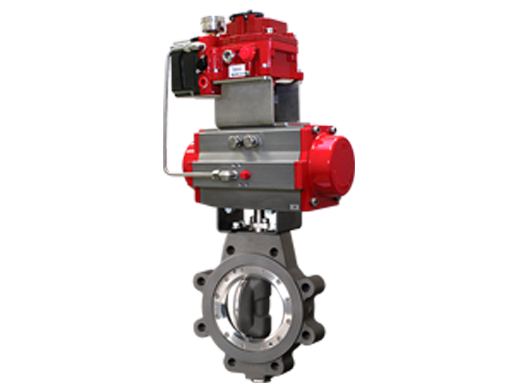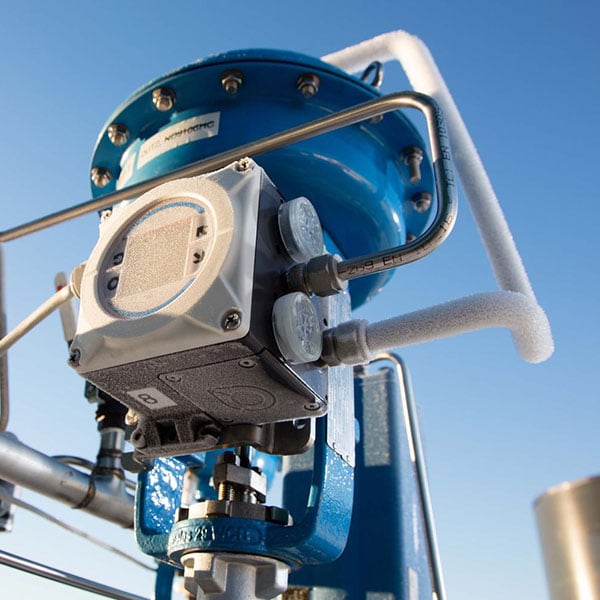Enhancing System Control with High-Performance Control Valves
Enhancing System Control with High-Performance Control Valves
Blog Article

Maximize Energy Financial Savings and Convenience With Advanced Structure Automation Controls
In the world of modern-day style and center monitoring, the assimilation of innovative building automation manages stands as a critical development. By using the power of automation, buildings can adjust, respond, and advance in ways that were as soon as unthinkable.
Power Efficiency Perks
Power efficiency benefits can considerably decrease power usage and functional costs in buildings. Energy-efficient systems, such as advanced structure automation controls, can enhance the use of resources like lights, cooling, and heating, leading to reduced energy expenses over time.
Furthermore, improved energy performance can extend the life expectancy of structure equipment and systems. By running extra efficiently, a/c systems, lighting fixture, and various other structure elements experience much less damage, causing minimized upkeep and replacement expenses. In addition, energy-efficient structures usually command greater residential or commercial property values and rental rates, giving long-term financial advantages to owners.
Additionally, energy efficiency can improve resident comfort and efficiency. Properly managed indoor atmospheres with optimal illumination and thermal problems develop a more positive and helpful workspace, leading to boosted employee complete satisfaction and efficiency. Overall, the power effectiveness benefits connected with sophisticated structure automation controls are complex, including price financial savings, ecological stewardship, and resident health.
Improved Comfort Control
Enhancing comfort control in building environments needs an advanced integration of sophisticated automation systems for optimal owner wellness. By utilizing sophisticated structure automation controls, facilities can tailor the indoor setting to meet the details needs and choices of passengers. control valves.
By including these innovative controls, structures can not only boost comfort yet also improve energy effectiveness by enhancing system procedures based on actual tenancy and use patterns. Inevitably, focusing on owner comfort via advanced automation systems leads to a much more delightful and much healthier interior setting.
Functional Efficiency Improvements

Additionally, the application of real-time tracking and analytics devices enables building operators to identify energy inefficiencies and functional anomalies immediately. By continuously monitoring energy use patterns and system performance metrics, changes can be made in real-time to enhance energy intake and make certain peak functional performance. control valves. Furthermore, integrating demand feedback approaches right into structure automation controls can further improve functional effectiveness by dynamically Full Report adjusting power use based upon grid conditions and pricing signals
Indoor Environment Optimization
Reliable interior environment optimization is a basic element of structure automation controls, ensuring passengers' comfort and well-being while making the most of energy financial savings. By making use of advanced sensing units and controls, building automation systems can continually change and check temperature level, humidity levels, air top quality, and air flow to develop an ideal indoor setting. Keeping constant and comfy conditions not only boosts resident satisfaction but also improves performance and total health.
Interior environment optimization likewise plays a vital role in energy effectiveness. By fine-tuning cooling, air flow, and home heating systems based upon real-time information and tenancy patterns, constructing automation controls can dramatically lower power consumption - control valves. As an example, executing techniques such as demand-controlled ventilation and thermal zoning can aid lessen power waste while making sure that each area of the structure obtains the needed conditioning.

Sustainable Environment Production
Structure automation controls not just enhance indoor environment conditions for power efficiency and owner comfort yet likewise lay the structure for producing a lasting atmosphere via calculated management of sources and systems. By integrating advanced structure automation technologies, such as sensing units, actuators, and smart software application, centers can keep track of and readjust power usage in real-time to lessen waste and reduce their carbon footprint. These systems make it possible for predictive upkeep, identifying possible issues prior to they rise and optimizing devices efficiency to boost longevity and effectiveness.
In see this here addition, sustainable environment production extends beyond power management to incorporate water conservation, waste reduction, and interior air high quality improvement. Structure automation controls can regulate water use, spot leakages, and make sure proper garbage disposal methods, adding to overall sustainability initiatives. Additionally, by monitoring and controlling air flow and filtration systems, these modern technologies boost passenger health and wellness and performance while decreasing energy usage connected with cooling and heating operations.
Final Thought
In conclusion, advanced structure automation regulates offer considerable advantages in regards to power cost savings, convenience control, operational efficiency, interior environment optimization, and producing a sustainable environment. By executing these controls, buildings can achieve optimum efficiency while minimizing power usage and improving occupant convenience. It is obvious that using advanced automation modern technology is critical in improving building efficiency and creating an extra sustainable future.
Power effectiveness benefits can significantly lower energy consumption and functional costs in structures. In general, the power effectiveness advantages connected with advanced structure automation controls are multifaceted, including cost savings, environmental stewardship, and owner wellness.
Additionally, integrating demand action approaches right into structure try these out automation controls can further enhance operational efficiency by dynamically changing energy usage based on grid conditions and prices signals.
Building automation manages not only enhance indoor environment problems for power effectiveness and passenger convenience but also lay the foundation for developing a lasting setting with critical monitoring of sources and systems.In final thought, progressed building automation regulates deal significant benefits in terms of power cost savings, comfort control, operational performance, interior environment optimization, and producing a sustainable environment.
Report this page